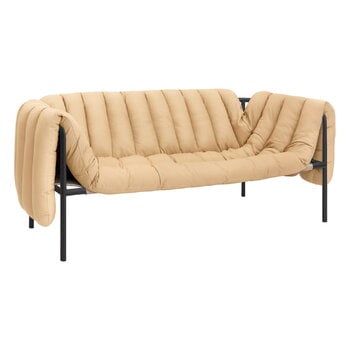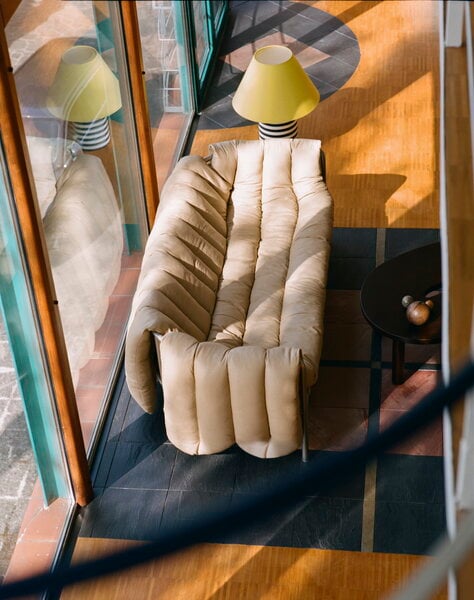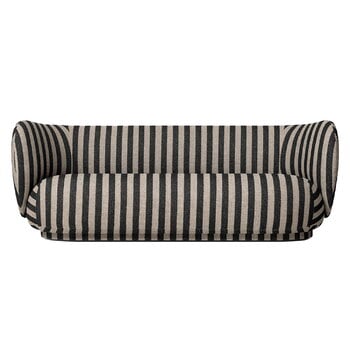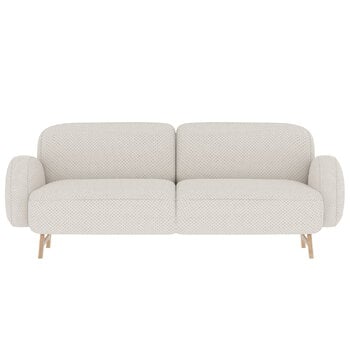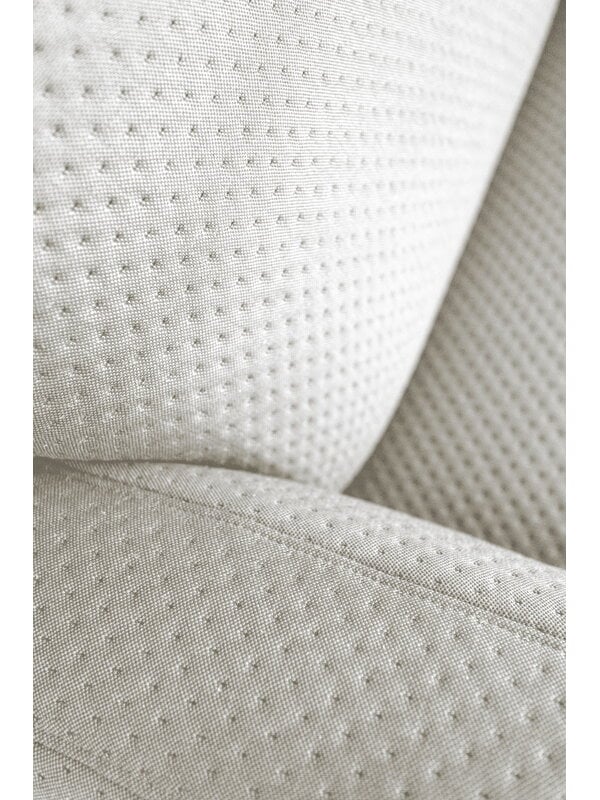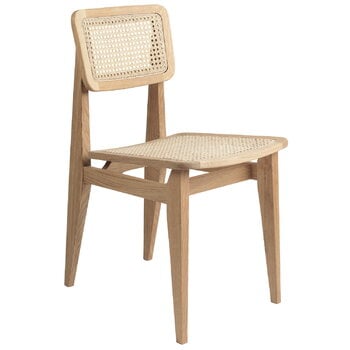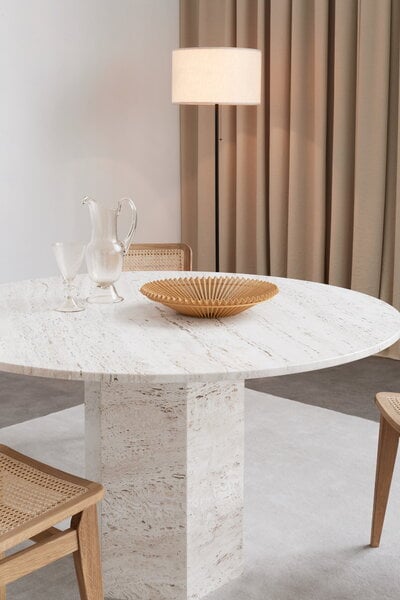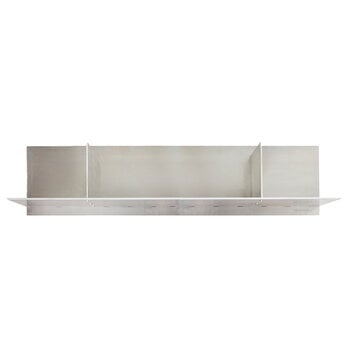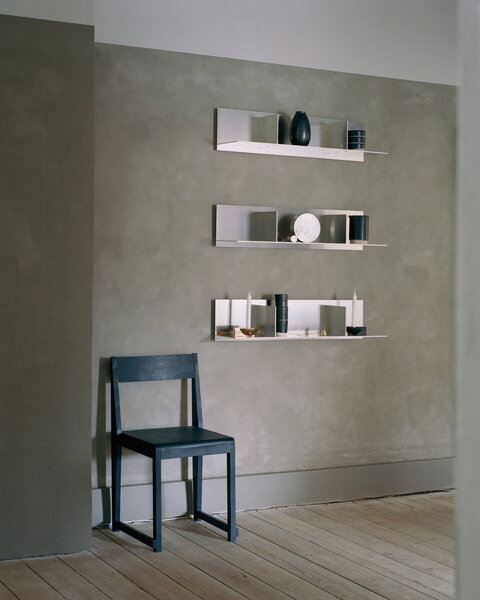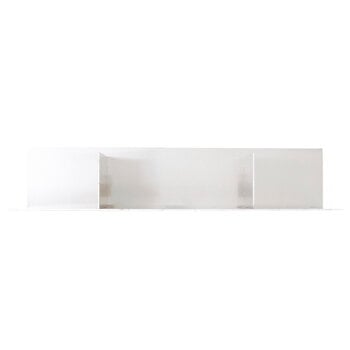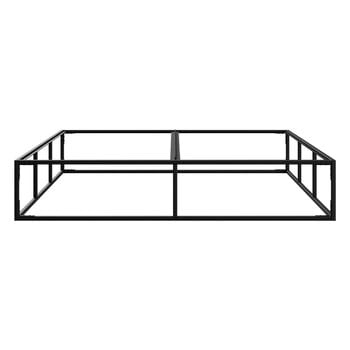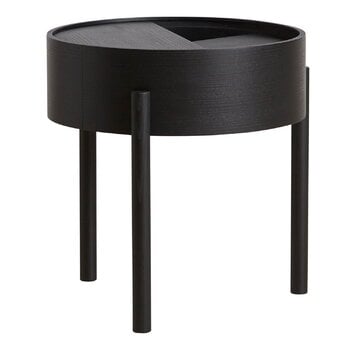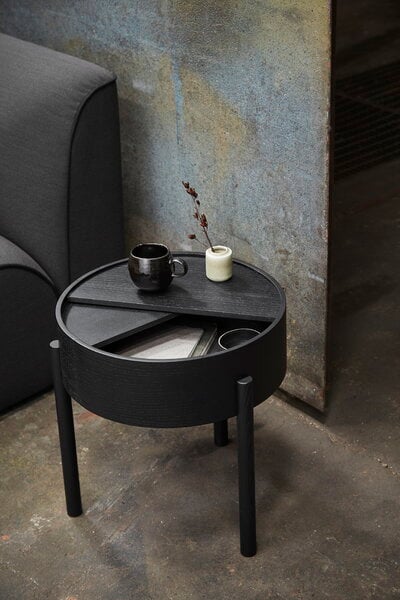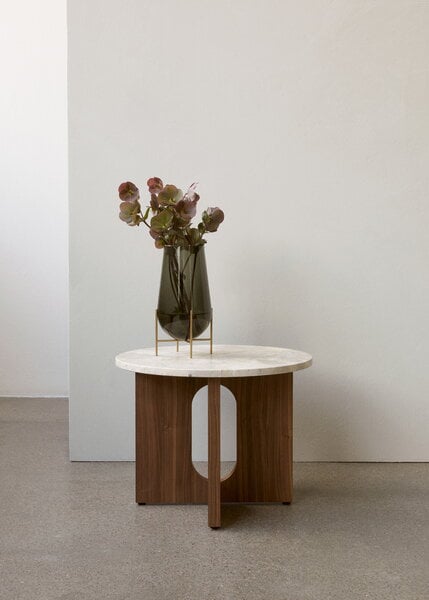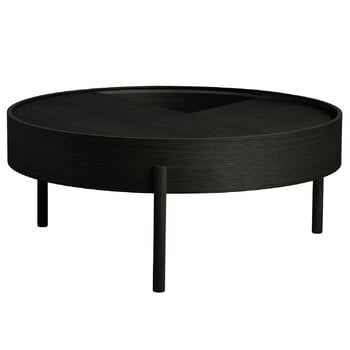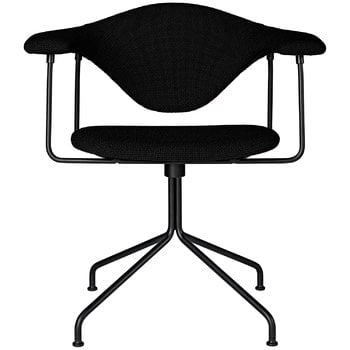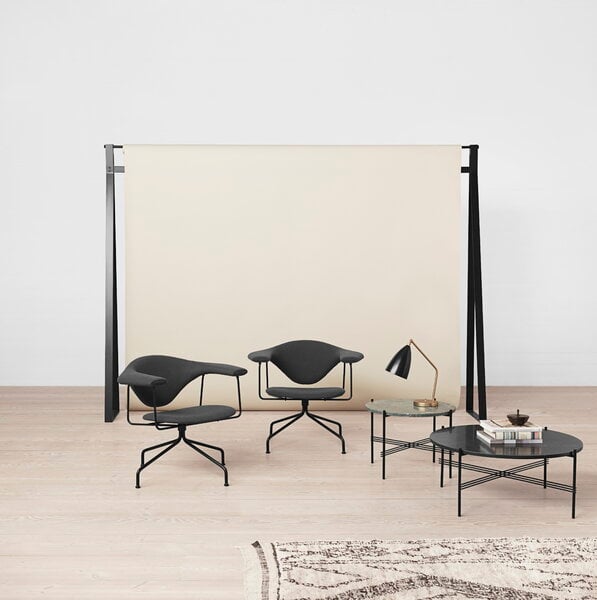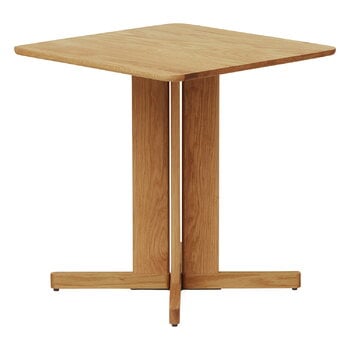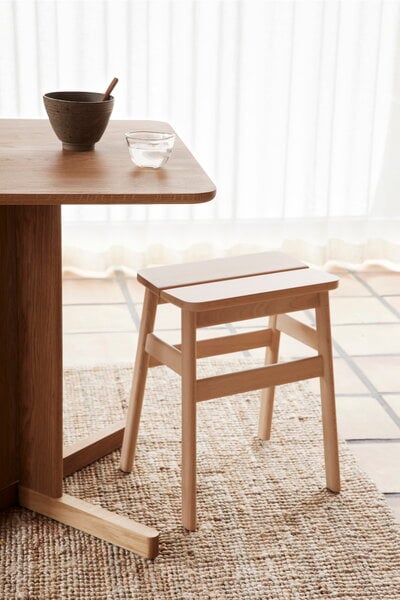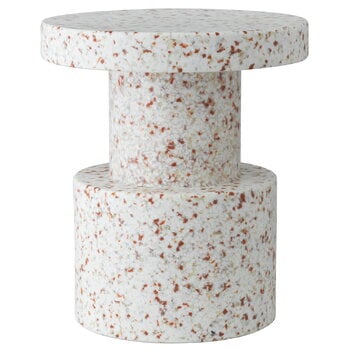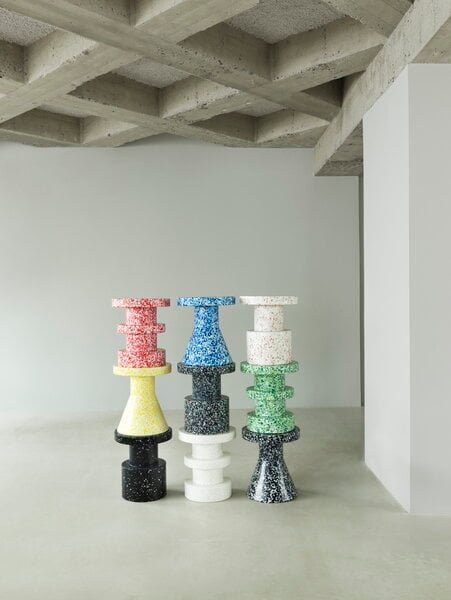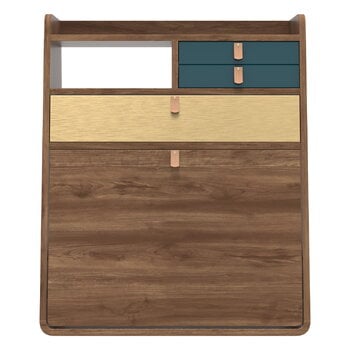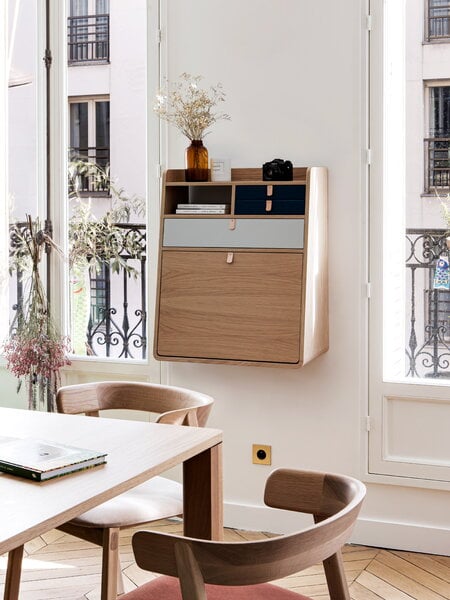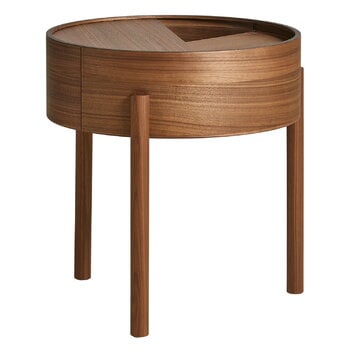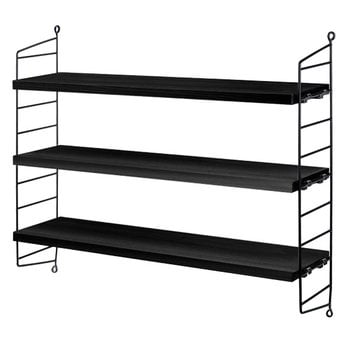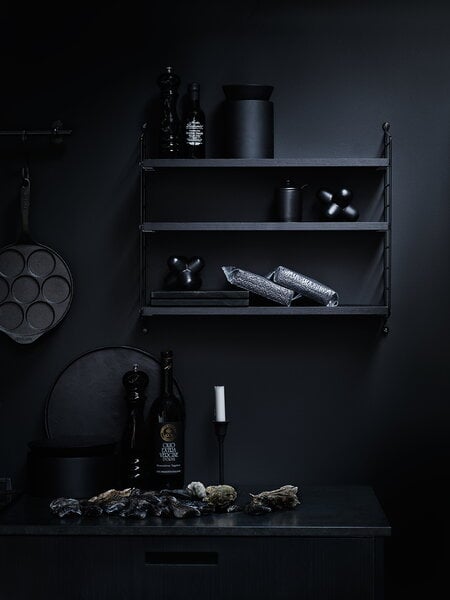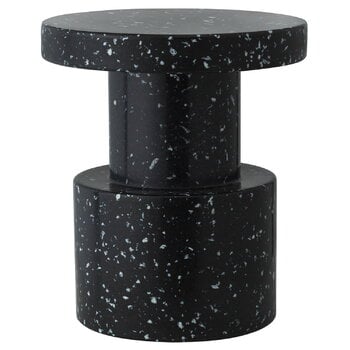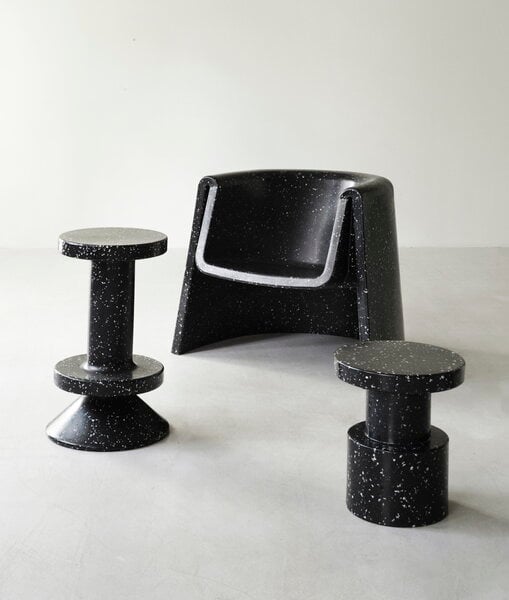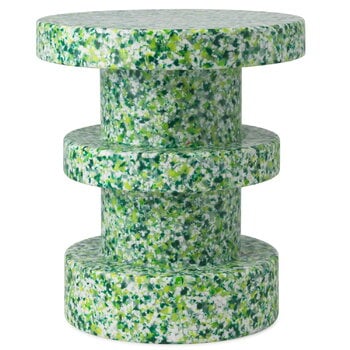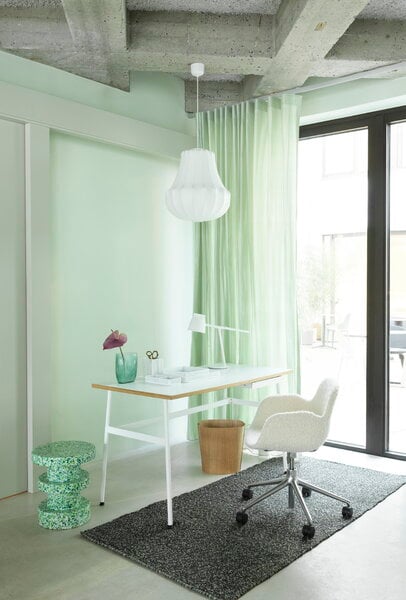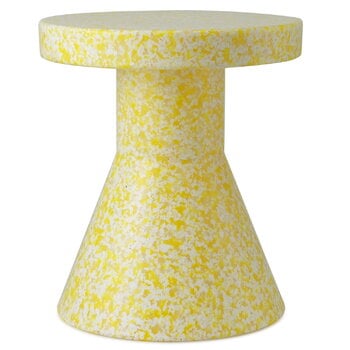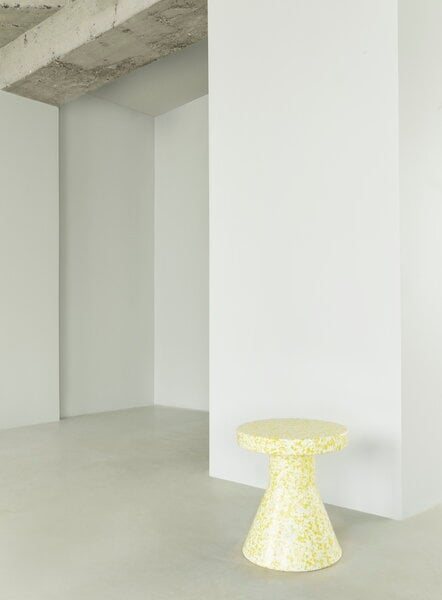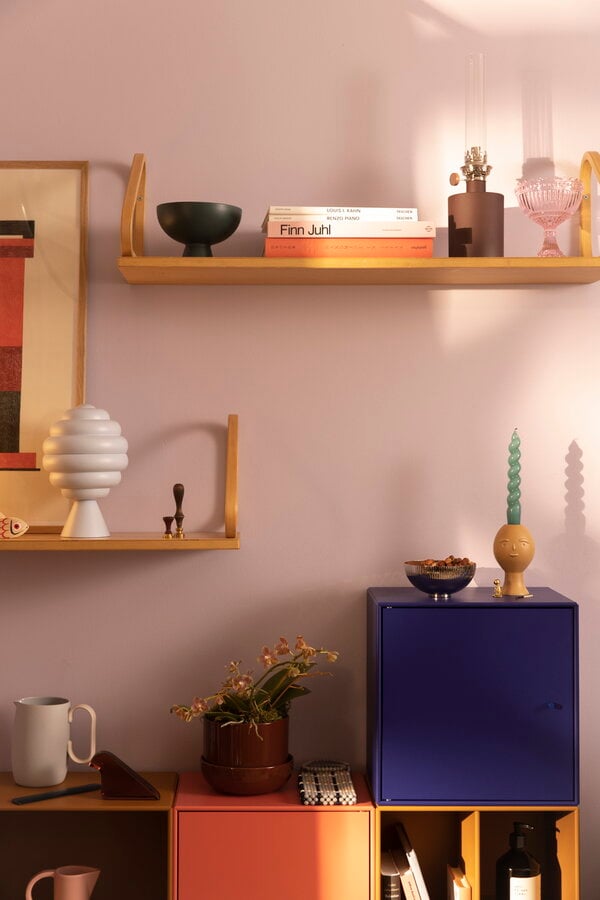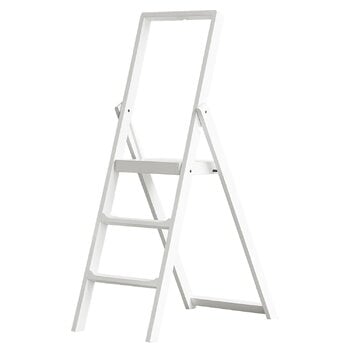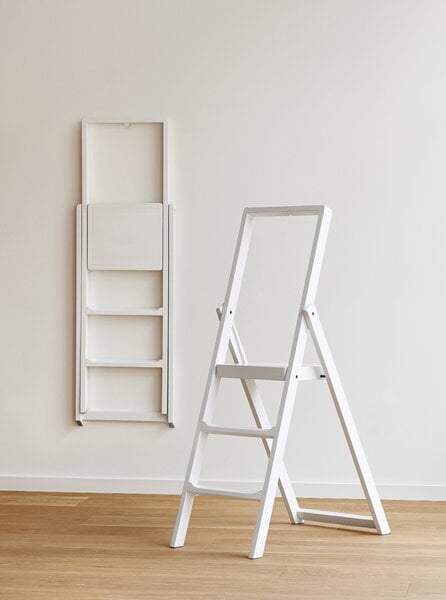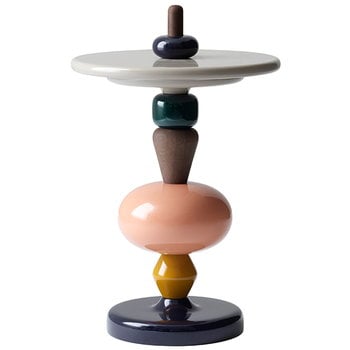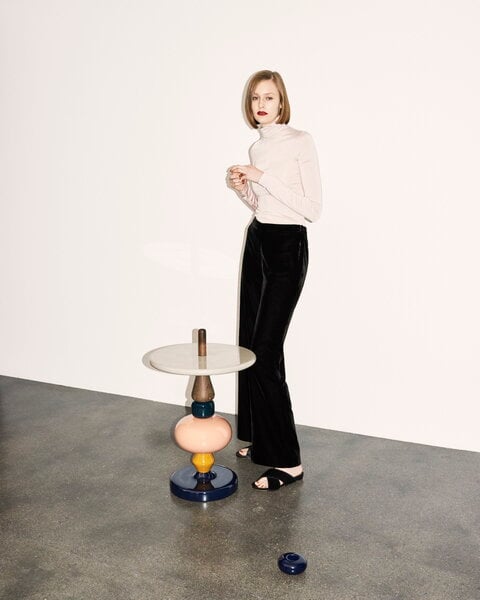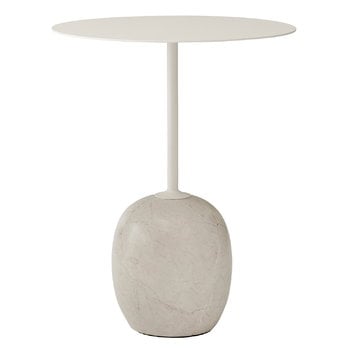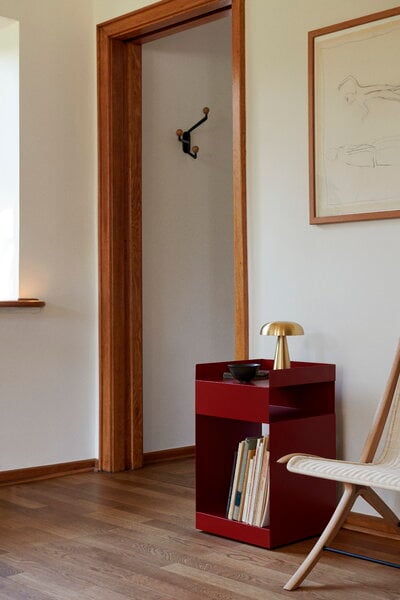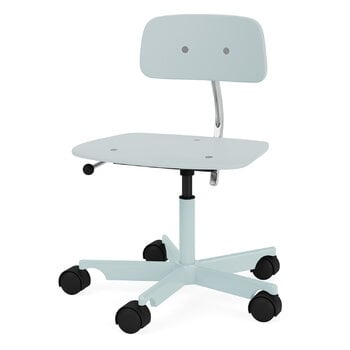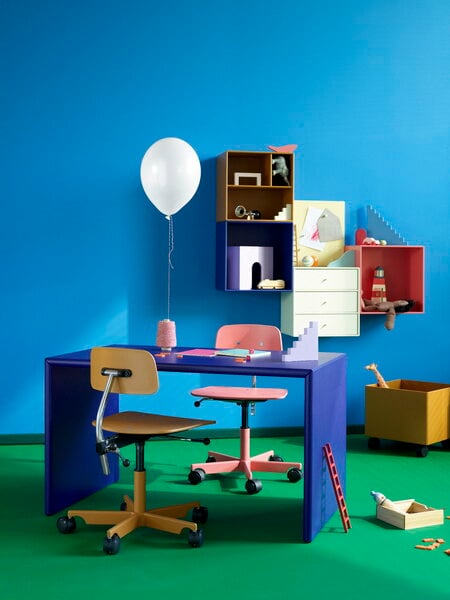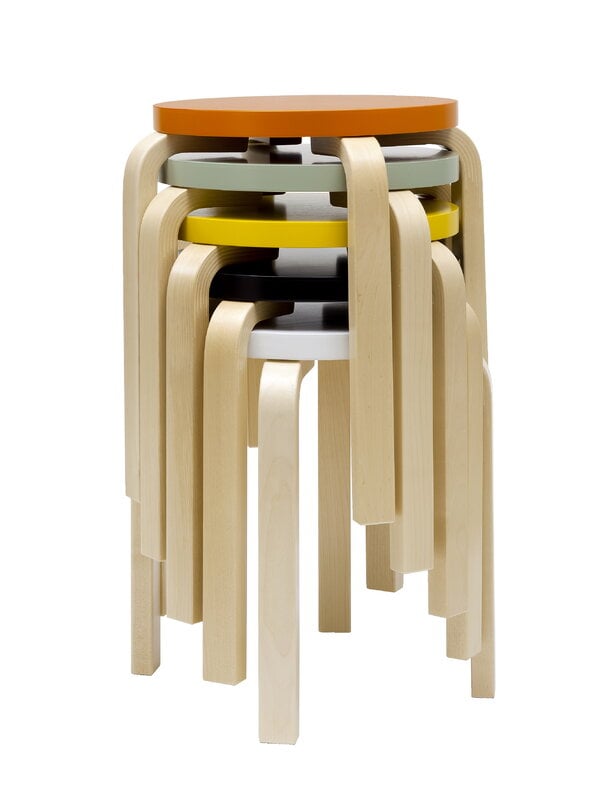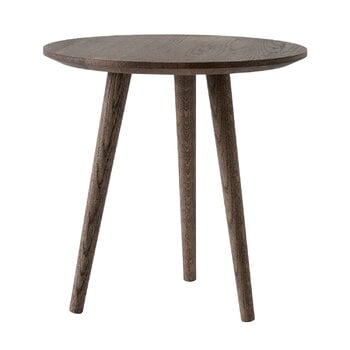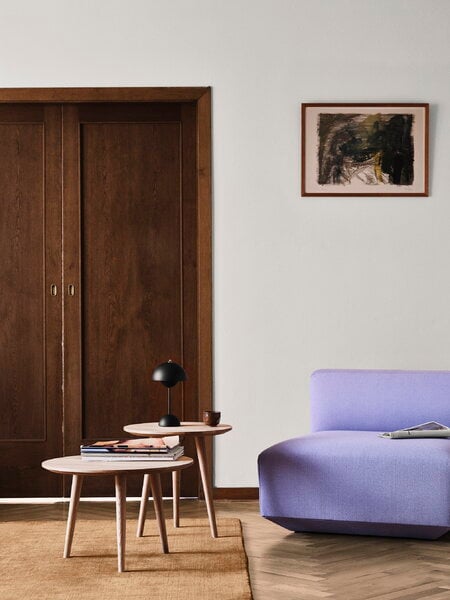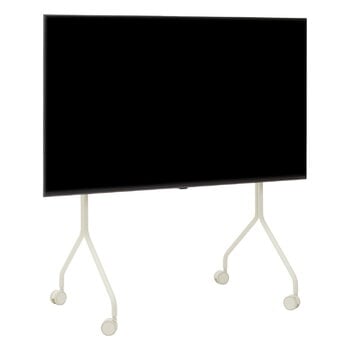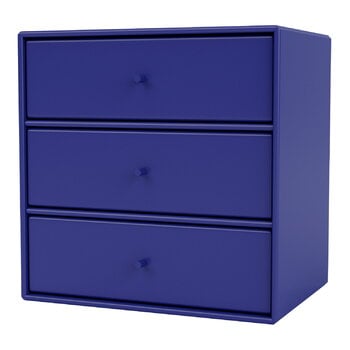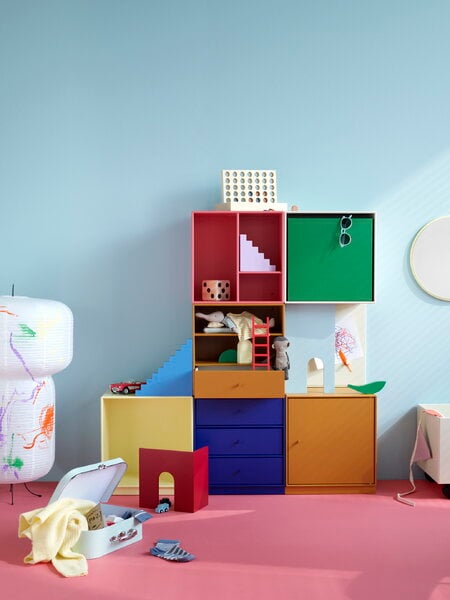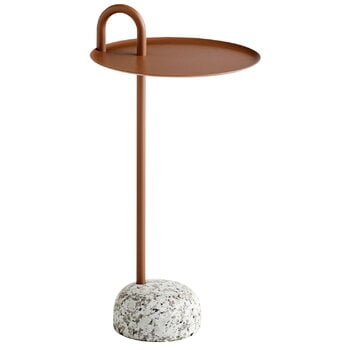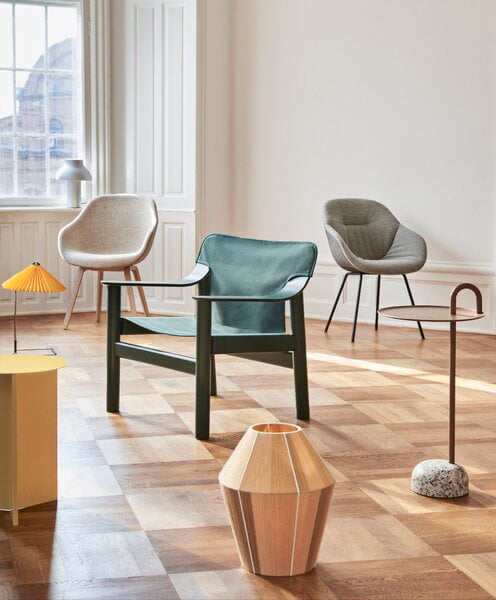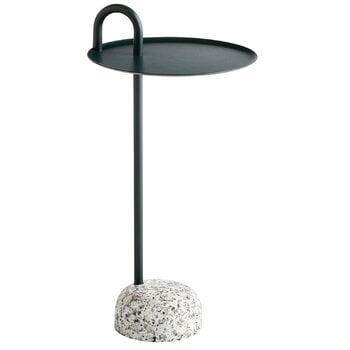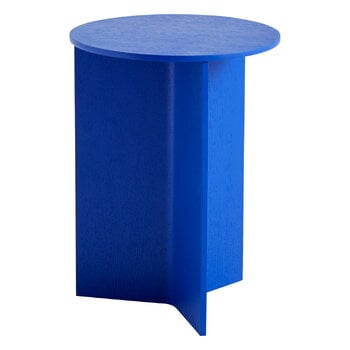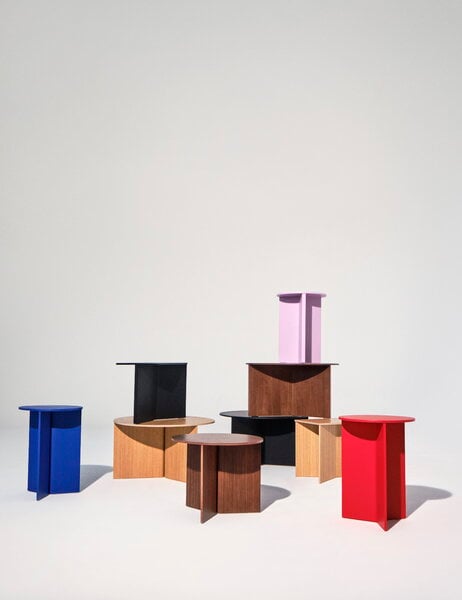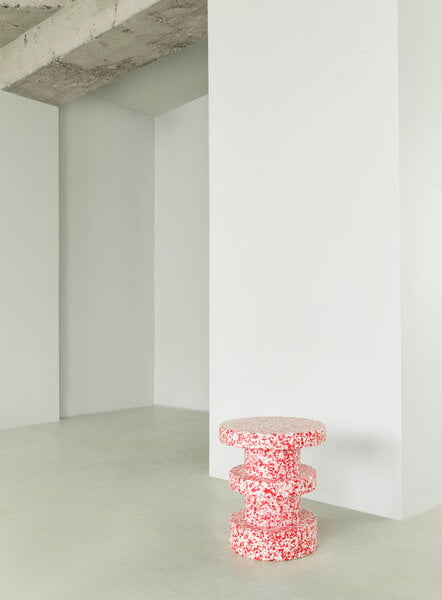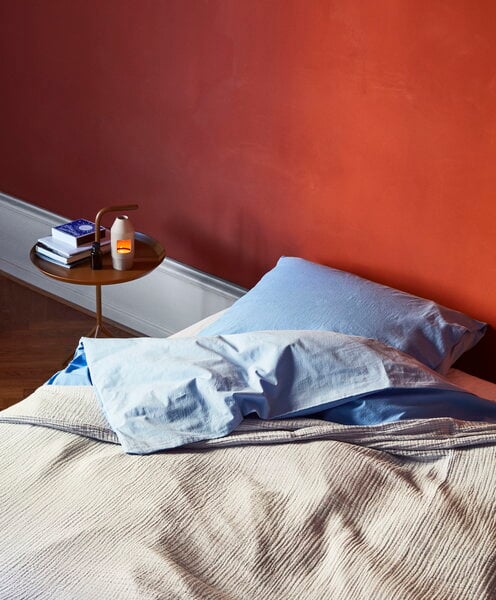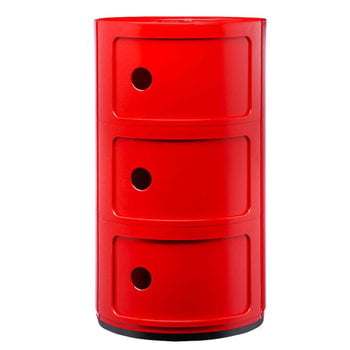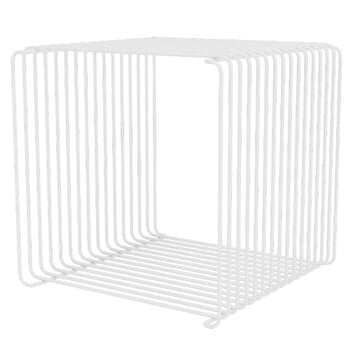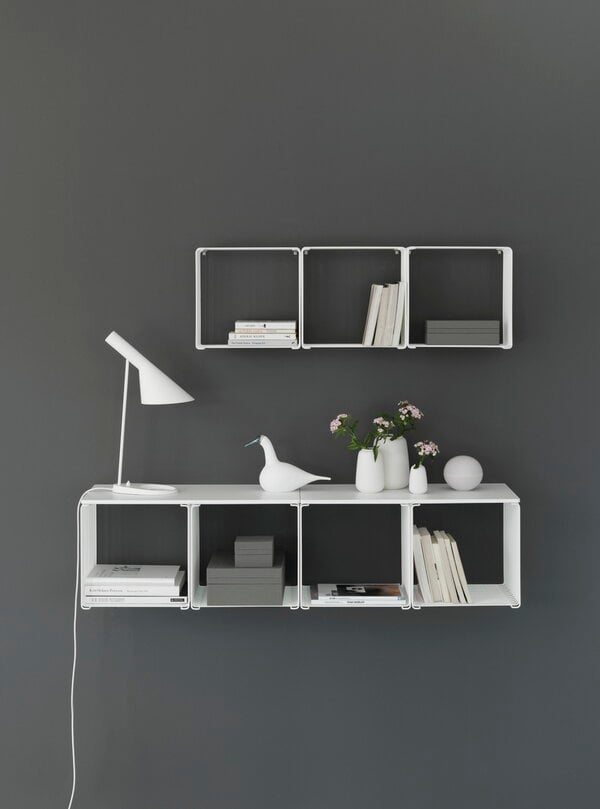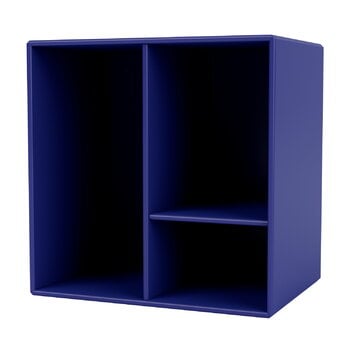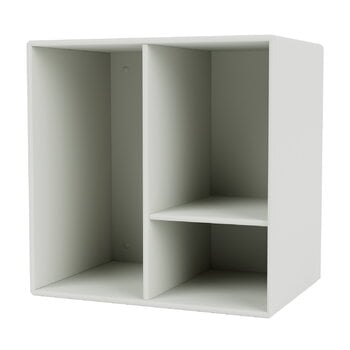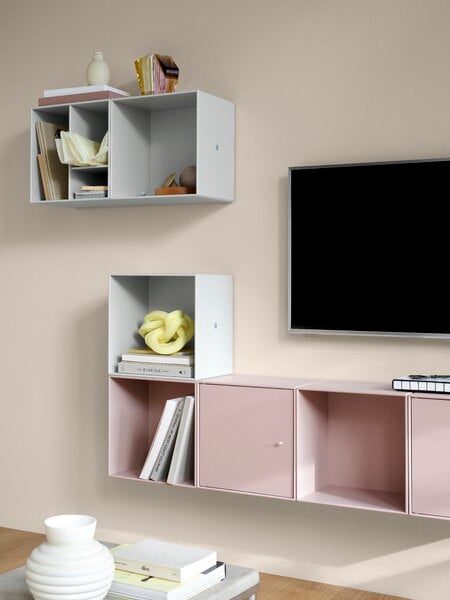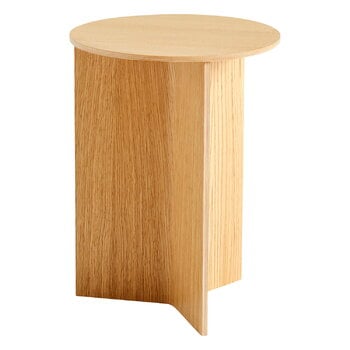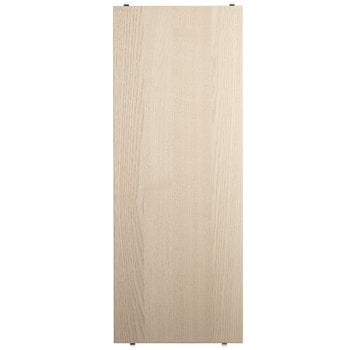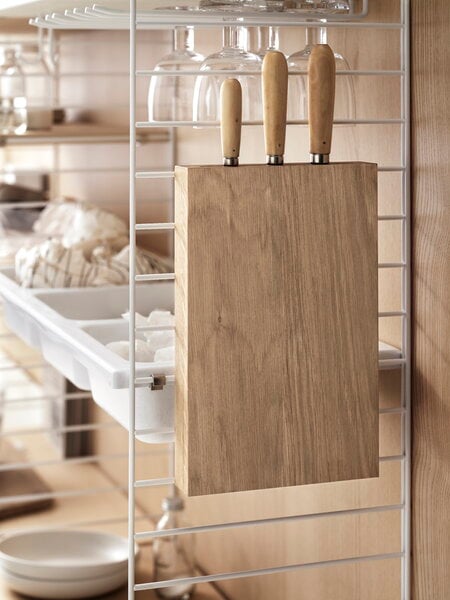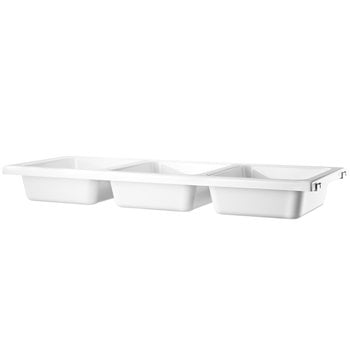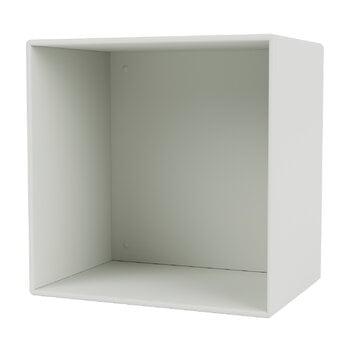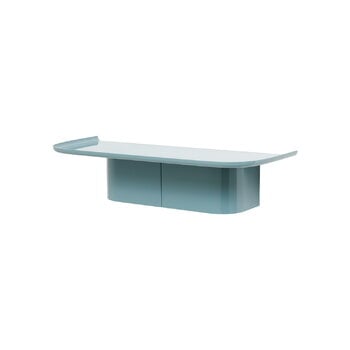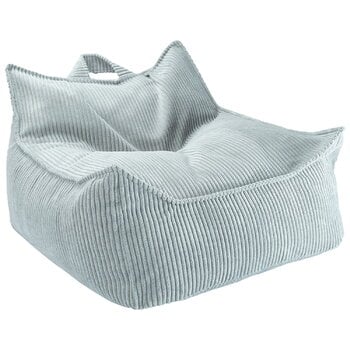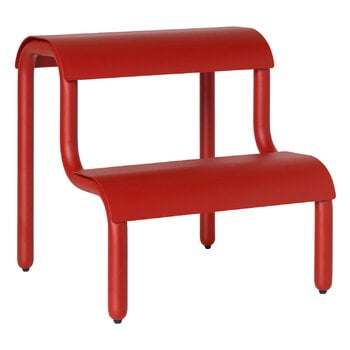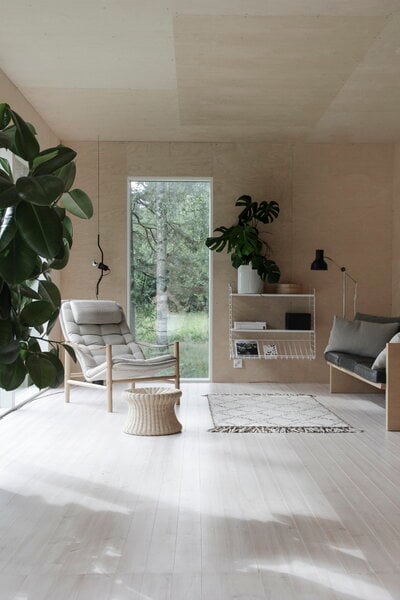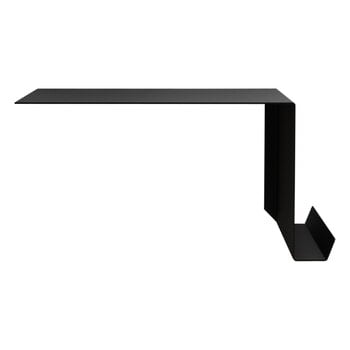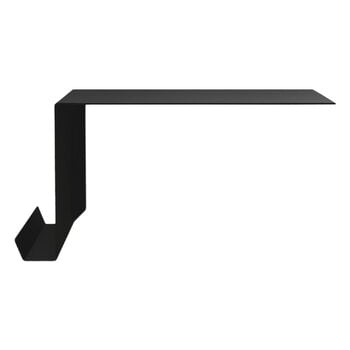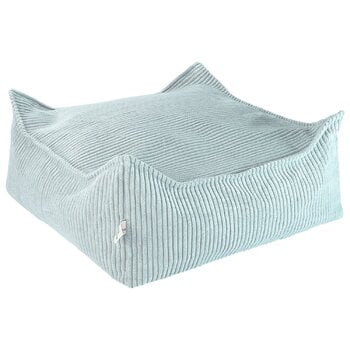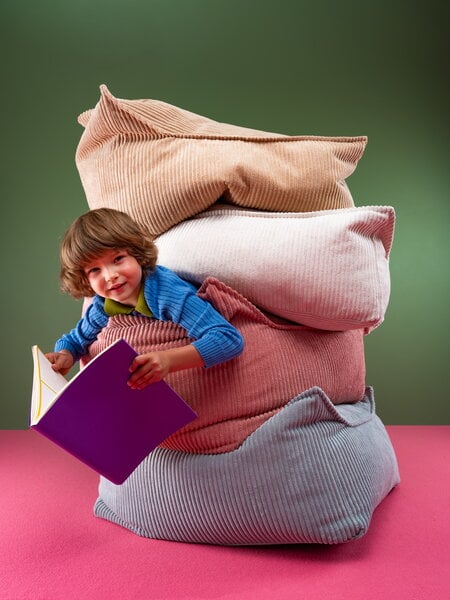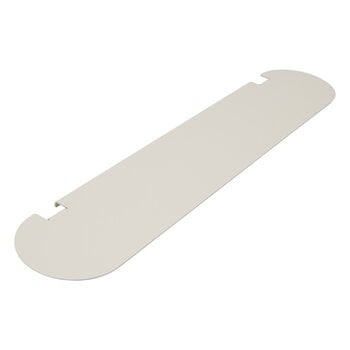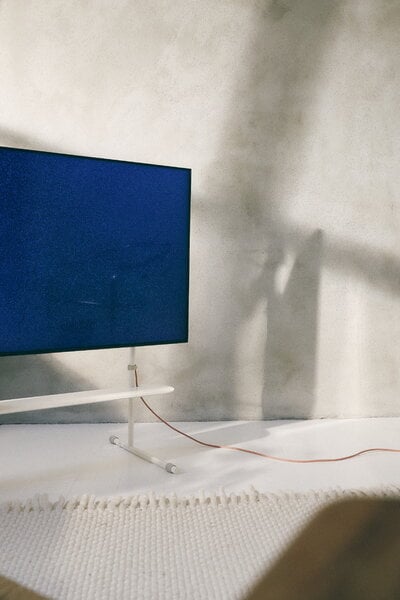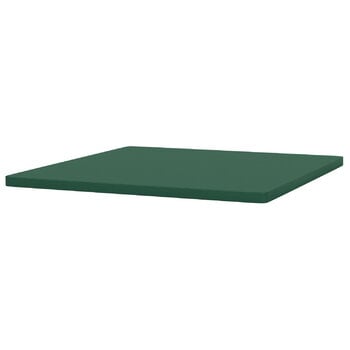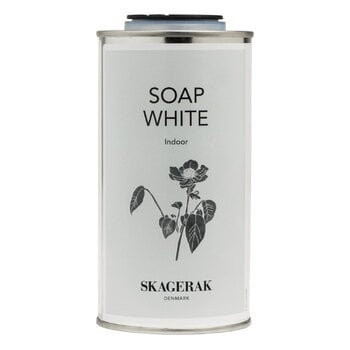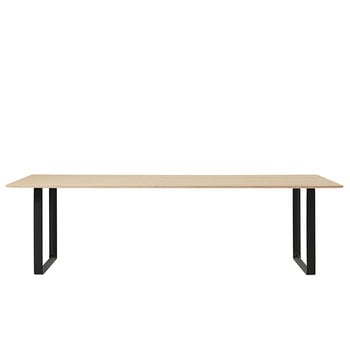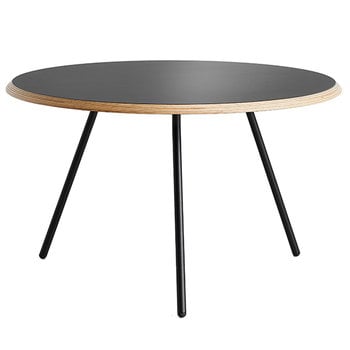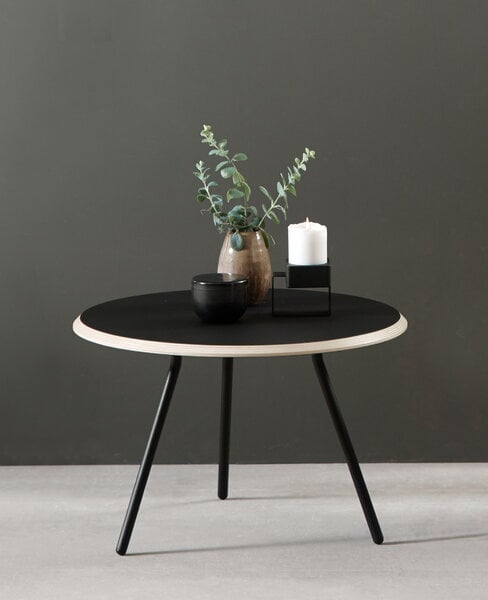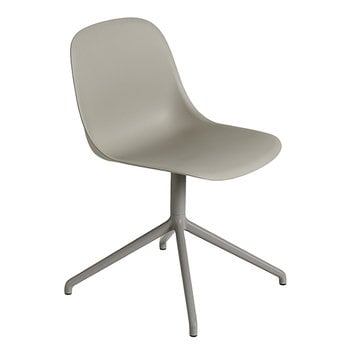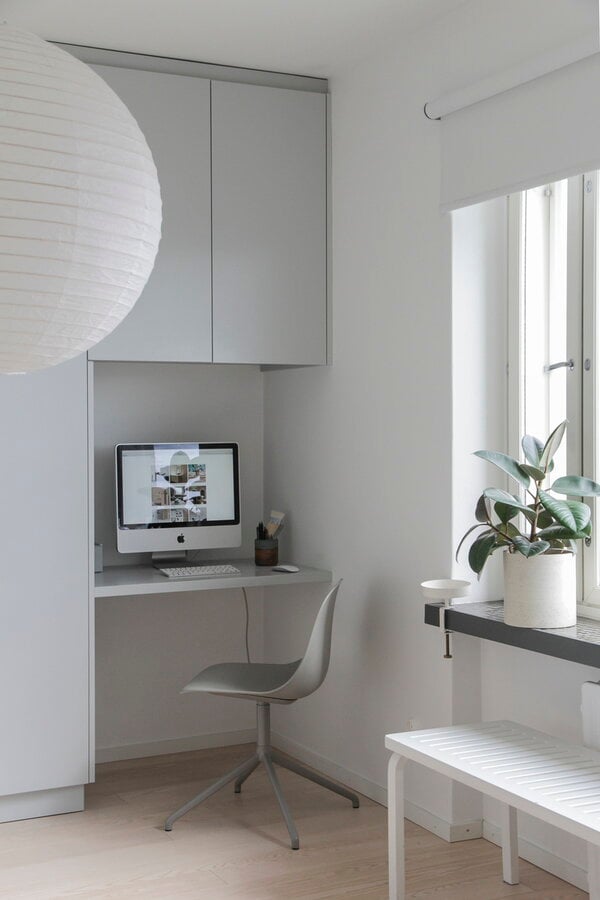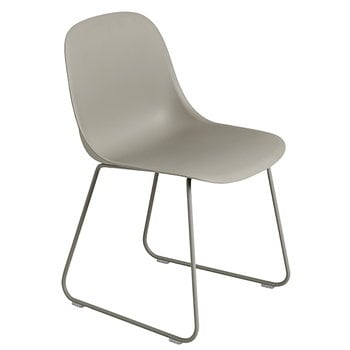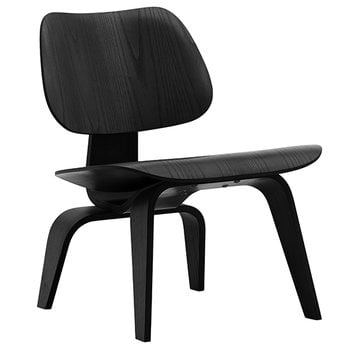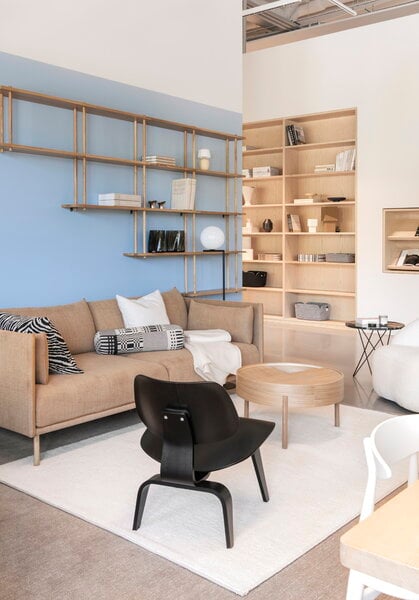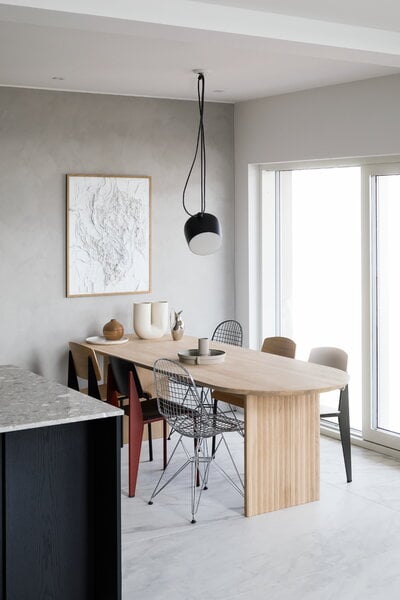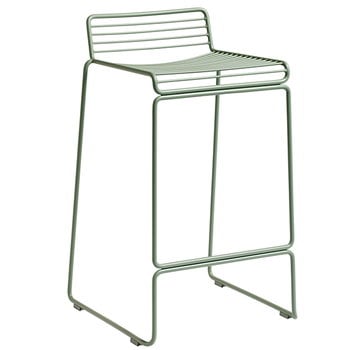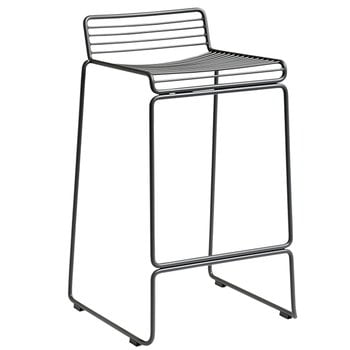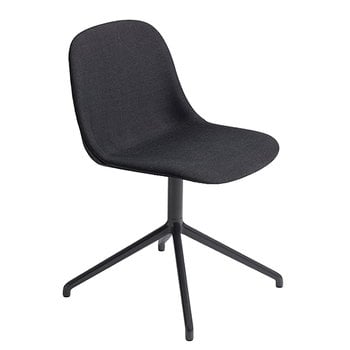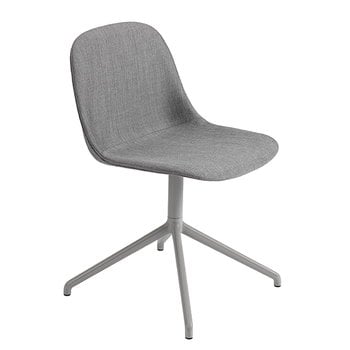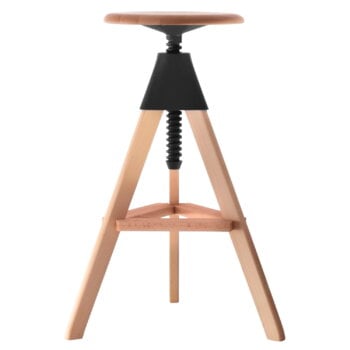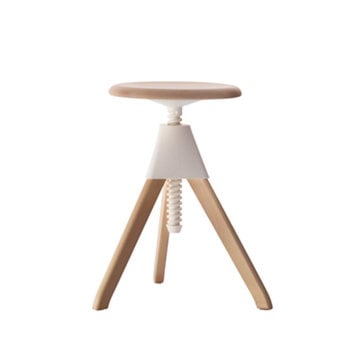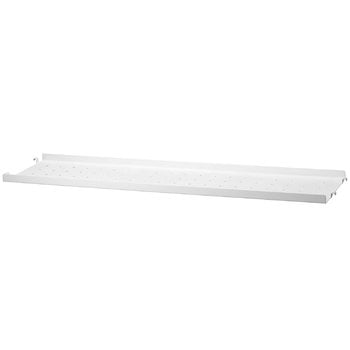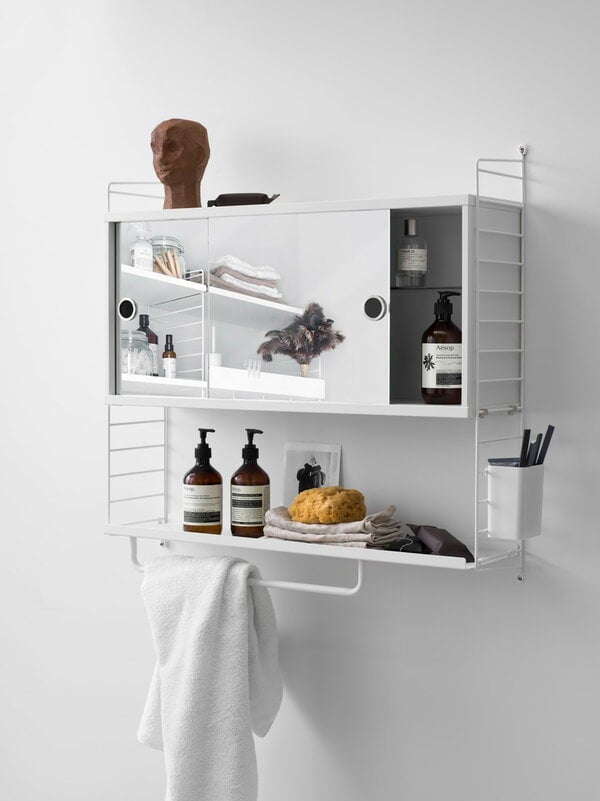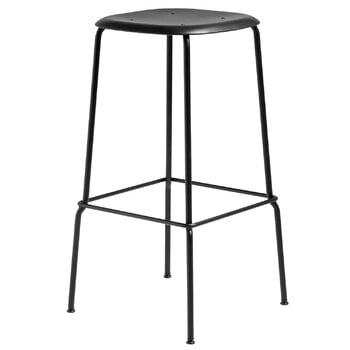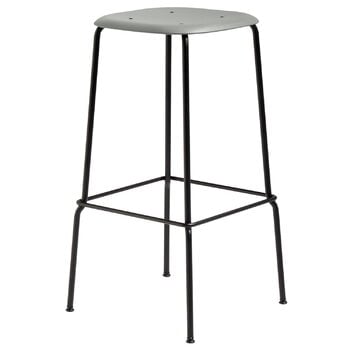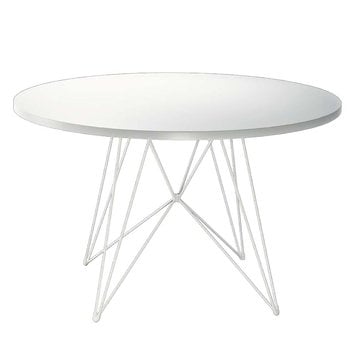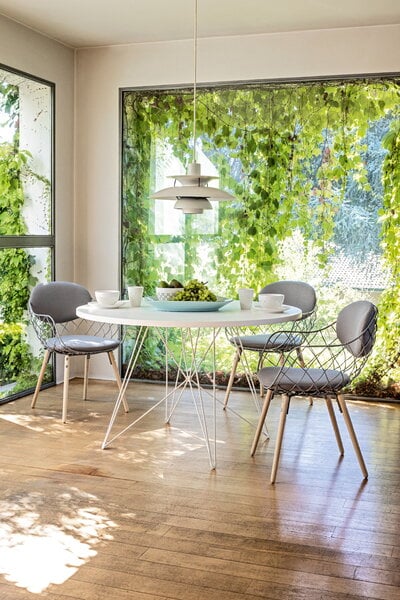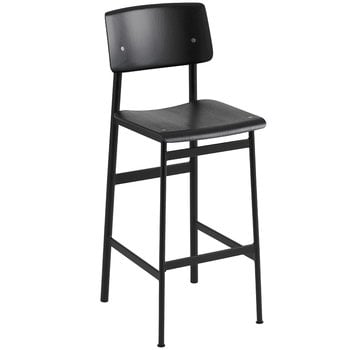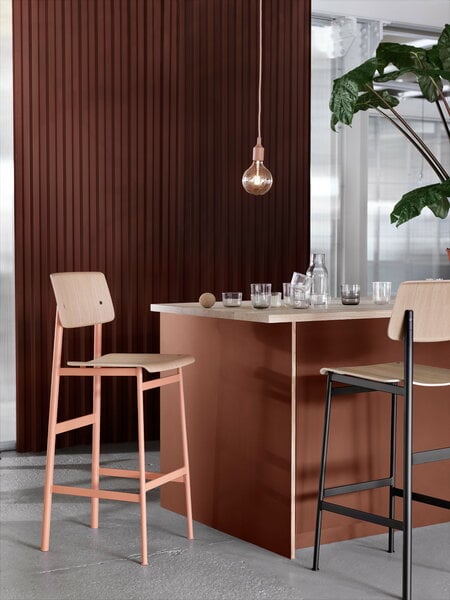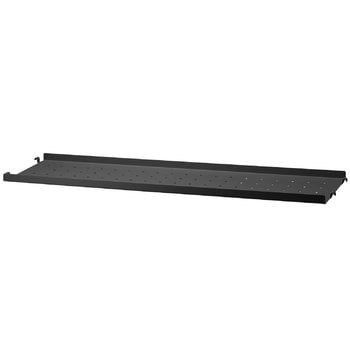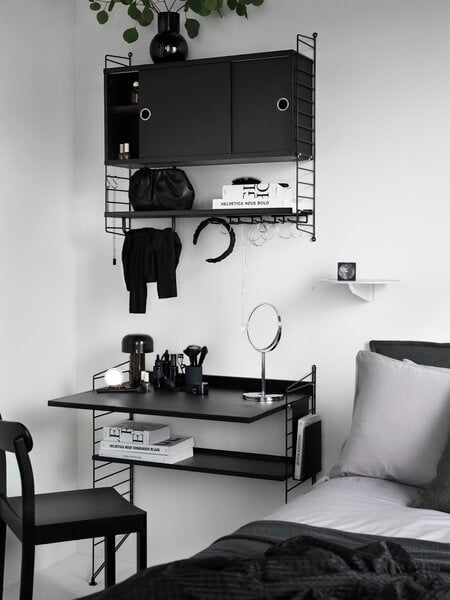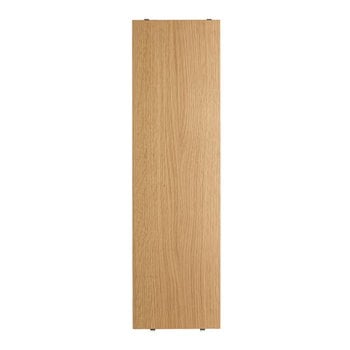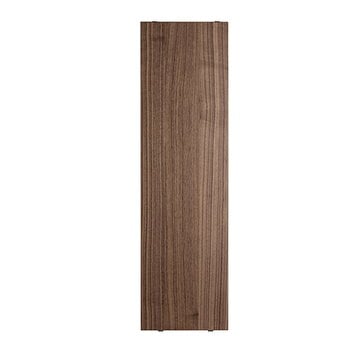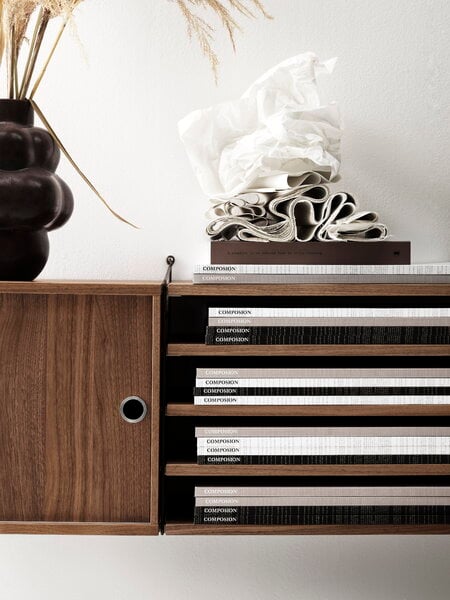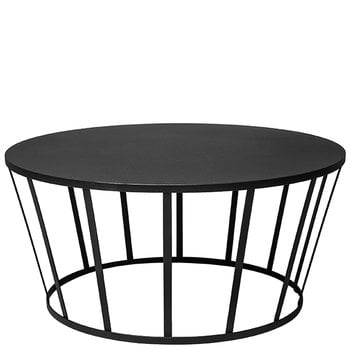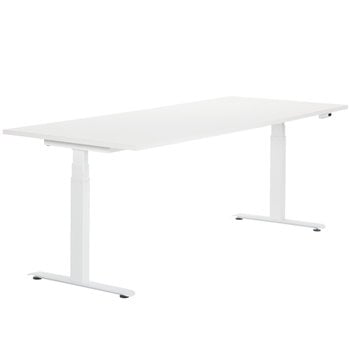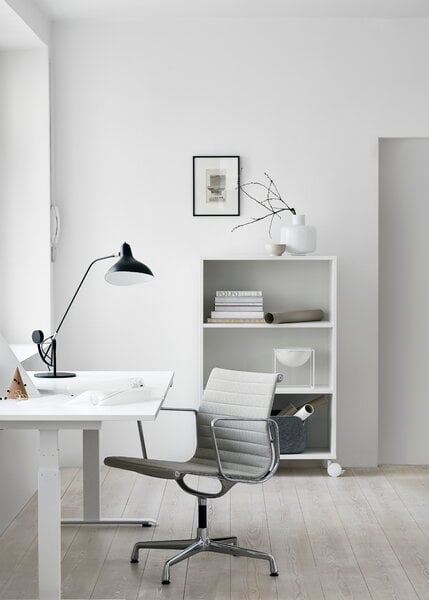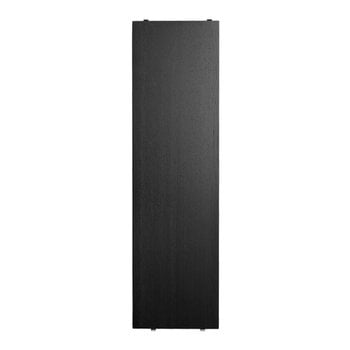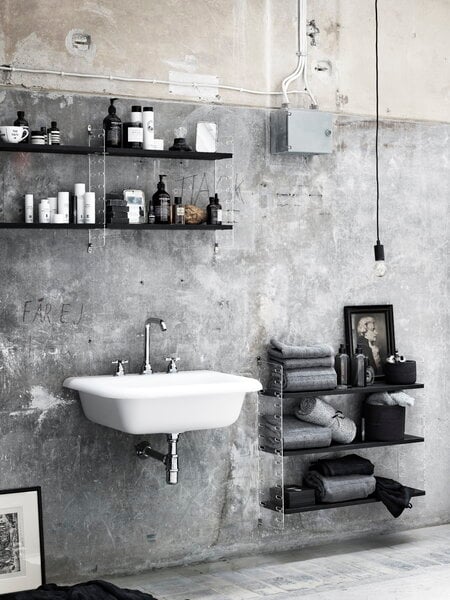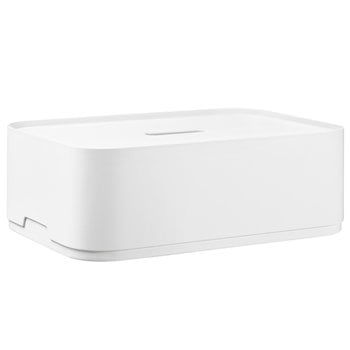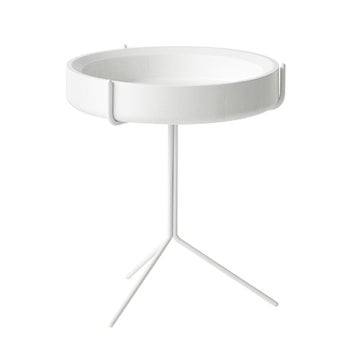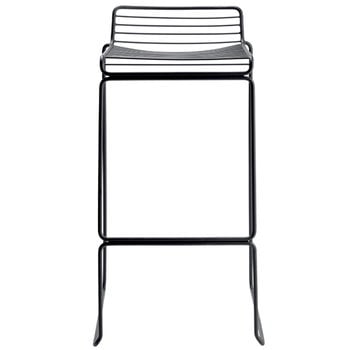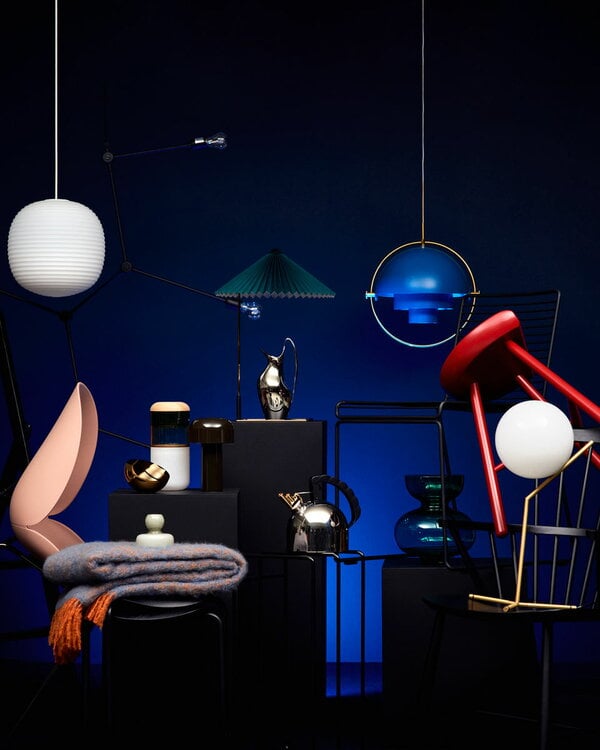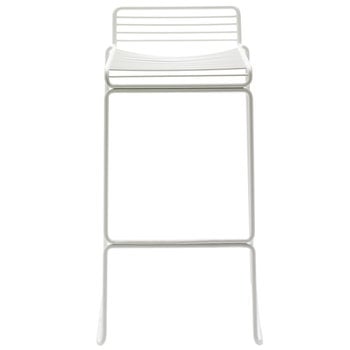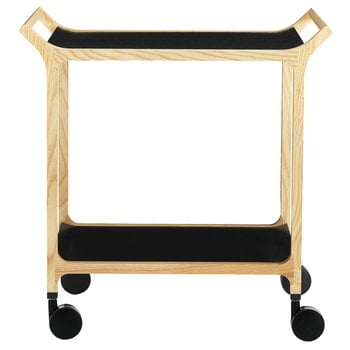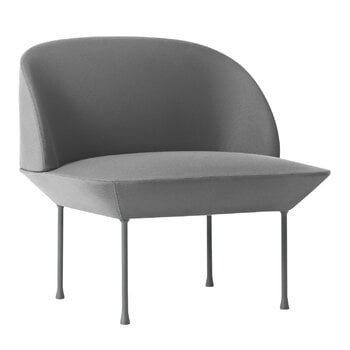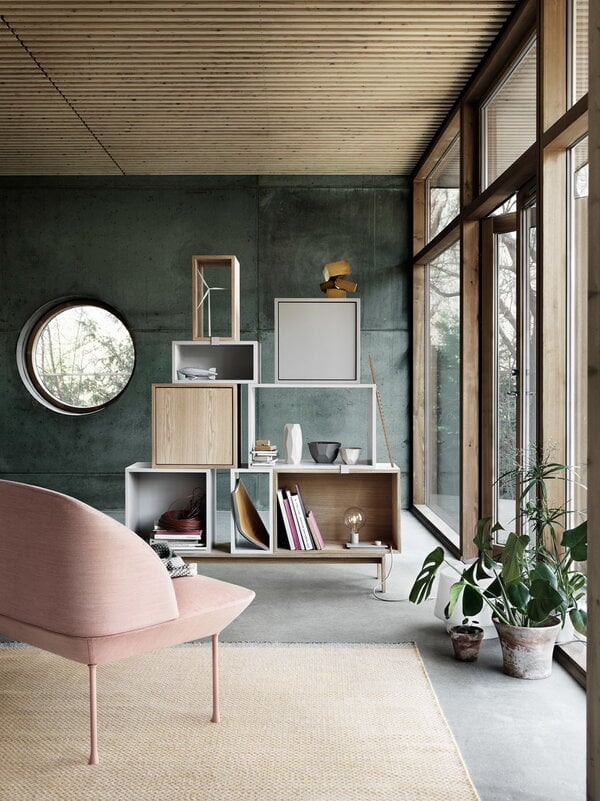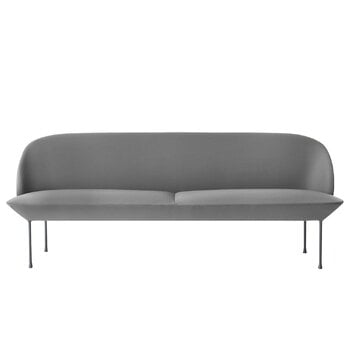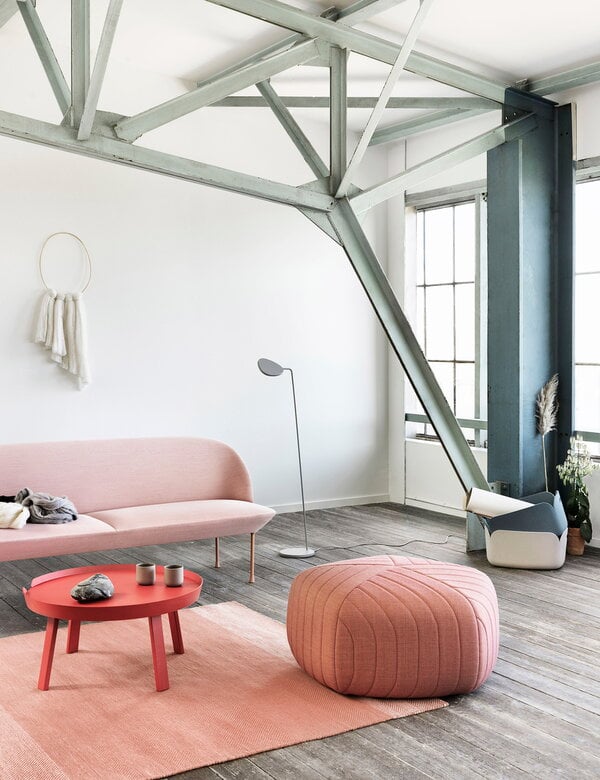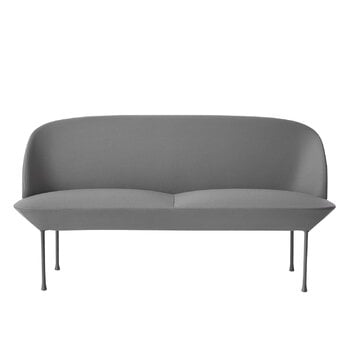- Products
- Furniture
Furniture
Enjoy designer furniture that captures the essence of Nordic design. From functional home furniture to statement pieces, explore our online store for a range of modern furniture by brands like Artek, HAY and Vitra. Welcome to discover the allure of Scandinavian furniture design and find your new favourite furniture for home and public use!
Furniture: Filter products
8012 products
Some popular categories:
GUBI dining chairsGUBI chairsHAY furnitureHAY chairsHAY sofasHAY tablesString shelvesVitra chairsVitra furnitureAudo Copenhagen furnitureAudo Copenhagen tablesMuuto furnitureMuuto chairsMuuto sofasArtek stoolsArtek chairsArtek tables&Tradition furnitureKartell furnitureKartell chairsFatboy bean bag chairsMuuto coffee tablesMuuto tablesHAY coffee tablesHAY side tablesAlvar Aalto chairsAlvar Aalto stoolsPhilippe Starck chairsVerner Panton chairsKartell tablesGUBI furnitureLundia shelvesMagis furnitureGUBI lounge chairsKartell bar stoolsMater furnitureFatboy furnitureFind stylish Nordic furniture for your home
Welcome to Finnish Design Shop (FDS), the online furniture shop where you can find Nordic design pieces to elevate your home decor. Our handpicked furniture selection includes modern furniture as well as timeless classics from Scandinavia and beyond.
Nordic designer furniture blends form and function to create visually appealing spaces that are also practical. Our selection of Scandinavian furniture can help add warmth, tranquillity, and a touch of elegance to your home. Embrace the essence of Scandinavian design with leading Nordic furniture brands including HAY, Vitra, Artek, Muuto and Audo Copenhagen.
Key features of Nordic-style furniture:• Simplicity
• Minimalism
• Natural materials
Modern designer furniture to bring spaces to life
Update your home with our exquisite range of modern designer furniture, carefully selected to add personality and character to your home. You can enjoy furniture designs by cherished mid-modern designers, such as Alvar Aalto, Charles & Ray Eames and Hans J. Wegner, as well as more contemporary names like Ronan & Erwan Bouroullec, Cecilie Manz and Patricia Urquiola.
Crafted from enduring materials like wood, glass and metal, our tables and chairs serve as versatile gathering spots, perfect for creating memorable moments. High-quality sofas offer a cosy retreat for years to come, and carefully designed beds complete your bedroom oasis with grace and elegance.
Some of our most popular Nordic furniture categories• Dining tables
• Dining chairs
• Coffee tables
• Armchairs and lounge chairs
• Sofas
• Bookcases
• Beds
We also offer a variety of Scandi interior decorations to mix and match with our luxury furniture.
Scandinavian shelving and storage systemsStay organized and clutter-free with our thoughtfully crafted shelves and storage furniture, designed to enhance functionality in homes, offices and public spaces.
Designer garden furnitureWe also cater to outdoor living with a wide selection of patio furniture, allowing you to extend your sense of style to your exterior spaces.
Sustainable furniture design
At Finnish Design Shop, we stock a diverse range of Scandinavian design furniture for the home. When we choose our furniture products, we prioritize craftsmanship and brands with a commitment to sustainability.
Finnish Design Shop’s sustainability efforts focus on:
• Flow: Circular economy solutions and sustainable supply chains.
• Fix: Responsible product curation and our role in enabling sustainable product choices.
• Flourish: The well-being of our personnel and the promotion of efforts that correspond to our values, both within the field of design and the society at large.
Fresh furniture ideas from FDS
Our online publication, Design Stories, is bursting with ideas and inspiration for people who are passionate about design and home decoration. This is the place where you can find out more about the furniture trends of the year, popular furniture colours, top brands of Nordic and Scandi furniture, trending furniture materials, and more. Then find all the pieces and accessories you need in our online Scandinavian furniture store.
Read more about Scandinavian designer furniture:
• Introducing the Finnish design company Artek in our Dictionary of Nordic Design >
• The story of String System shelves: a Swedish design icon reborn >
• Finnish furniture designer Tapio Anttila talks about his design philosophy and the importance of sustainability >
• Bella Koh, founder of the lifestyle brand Slowhouse talks about Nordic design in Asia >
• Explore top picks from our lighting collection in our lamp buying guide: Love at first light! Top tips on choosing a lamp >
